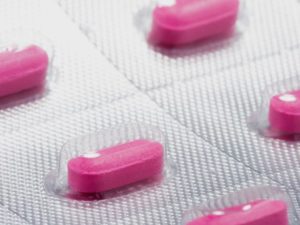A Case for Diphenhydramine Overuse
Diphenhydramine is one of the most commonly abused medications. Most intoxication / overdose cases occur in children ages 6 years or younger.
In the wake of the Benadryl challenge that has resulted in seizures, coma, and death, careful storage of diphenhydramine and other OTC and prescription medicines becomes paramount.
Dose-induced hallucinations and overdoses need sedation to combat secondary agitation. In opposition to Benadryl, second and third generation H1 blockers have an improved risk profile and similar benefits.
Medications such as Zyrtec and Allegra do not cross the blood-brain barriers as easily. Causing less sedation and less cognitive impairment with equivalent symptom relief.
In emergency nursing and emergency medical services, we administered diphenhydramine for severe urticaria and hives. In fact, EMS allergic/anaphylaxis management protocols include an H1 antihistamine, either IM or IV.
Yet for decades research has recommended against antihistamines during the acute phase of an allergic reaction with no evidence from randomized controlled trials to support H1‐antihistamines in the emergency management of anaphylaxis.
Epinephrine is the drug of choice for anaphylaxis with adjunct symptom control through second and third generation drugs, including Levocetirizine (Xyzal), Loratadine (Claritin), Desloratadine (Clarinex) Cetirizine (Zyrtec) and Fexofenadine (Allegra).
Diphenhydramine has the benefits of IM, IV, and PO administration. Best use case is symptom control after stabilization. With urticaria, second and third generation drugs, medical providers can increase the dose up to (4x daily dose) before adding steroids.
As a sleep aid, diphenhydramine does not generate good sleep, though is helpful in inducing sleep and causing drowsiness. It increases the time to REM sleep and reduces sleep quality, and the risks and hangover tradeoffs far outweigh the drug’s benefits.









